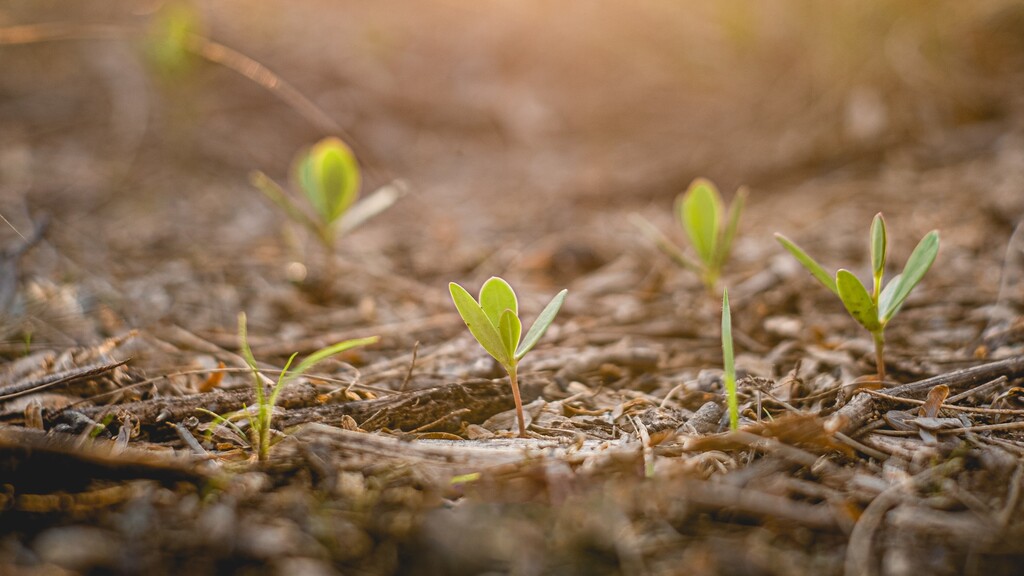

Not every nature conservation project is also suitable for compensatory purposes. First and foremost, such projects should belong to the category of long-term and holistically designed climate protection projects. Mostly these are located in so-called emerging or developing countries, but local compensation projects are also increasingly developing. Long-term emissions savings must be a guiding goal. If the projects are only short-term or unstable, the compensatory effect threatens to diminish. Reforestations should be planned without the risk of renewed deforestation and should be unalterably secured. The transfer of natural areas into so-called protected areas is usually the most effective method to protect ecosystems in the long term.
Project types can be broadly divided into four subcategories:
At this point, we categorize three Naturefund projects to the corresponding types as examples.
Peatlands:
Although they cover only 3% of our land surface, peatlands are true climate wonders and are extremely efficient as greenhouse gas sinks. In addition, they are hotspots of biodiversity. When this ecosystem is in its natural balance, it has been storing carbon for thousands of years. Peatlands are capable of sequestering twice as much carbon as forests worldwide. They store biomass and thus CO2 in peat. The biggest problem is drainage due to construction and agricultural-related changes to natural land.
Naturefund has already been involved in peatland protection since 2017. Currently, Naturefund is already protecting 28,397 m2 of the Hamberger Moor, a raised bog of the well-known Teufelmoor. Further areas are to follow:
Forests & Renewable Energy:
Trees are well-known carbon reservoirs that relieve the atmosphere worldwide. There are very differentiated climate change mitigation projects, the most common being reforestation projects and sustainable forest management. The most common reason for forest decline is the drive for economic, agricultural and energy benefits for humans. Deforestation and slash-and-burn by humans are causing climate-stabilizing forests to dwindle worldwide. Conversely, this is a misery for humans, as the resulting local climate disasters such as droughts, soil erosion, and flooding threaten global food production.
Projects in the second category promote energy from renewable sources through the construction of alternative energy facilities and the production and distribution of electricity. Renewable energy sources include biogas, biomass, geothermal, hydropower, solar, and wind. In combination, such projects are most effective, because holistically designed, these projects create benefits not only for people but also for nature.
In Burkina Faso, Naturefund is working on sustainable solutions for climate and soil: a pyrolysis digester that produces charcoal, a wastewater treatment plant that produces fertile black soil, and dynamic agroforestry as the key to prosperity through reforestation. This is the recipe for a sustainable upward spiral that makes room for nature in times of climate change, promoting biodiversity while providing food stability. More on the nature conservation project in Burkina Faso:
Agriculture:
Around 13 percent of national greenhouse gas emissions come from agriculture and agricultural land. To achieve the 2030 climate target, emissions in the agriculture sector still need to be reduced by around 18 percent. Across Germany, agriculture produced about 60.4 million metric tons of CO2 equivalents in 2020.
Globally, soils store five times more carbon than the vegetation on them, so soil is a carbon sink. Climate protection projects in the field of agriculture should address the most important problem areas - promoting biodiversity: Increase biodiversity on farmed land, reduce the use of fertilizers and pesticides while building healthy soils through innovative and sustainable farming practices.
Naturefund is an expert in the field of dynamic agroforestry and uses the sustainable cultivation method in several projects in Germany and worldwide. These projects help to improve the living conditions of people working in agriculture, to make the soil more fertile again, to protect natural habitats from destruction, to restore them and at the same time to mitigate the effects of climate change. Here are two example projects: